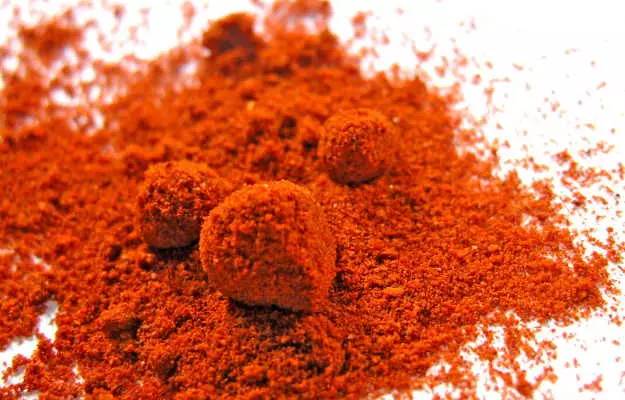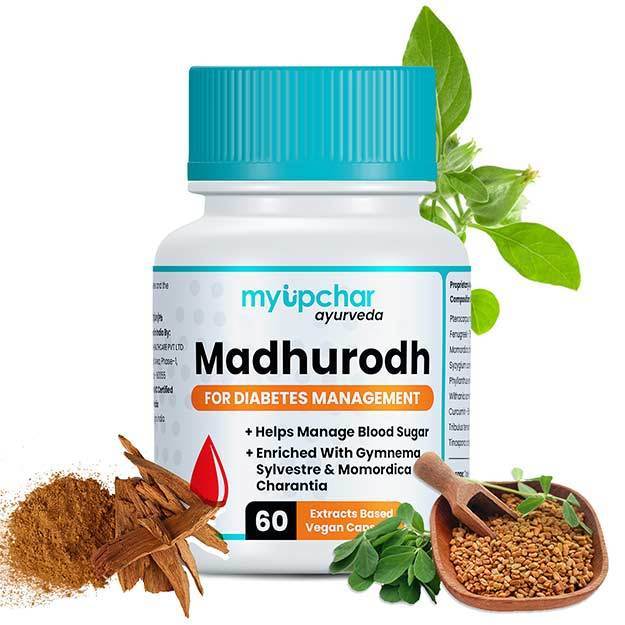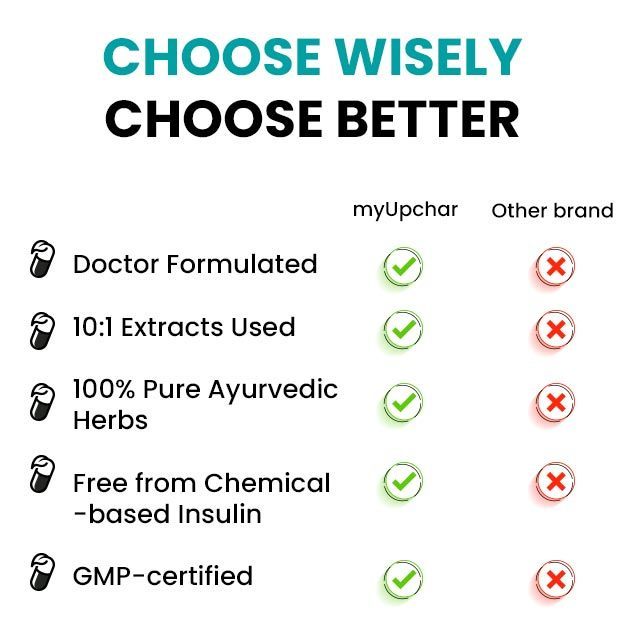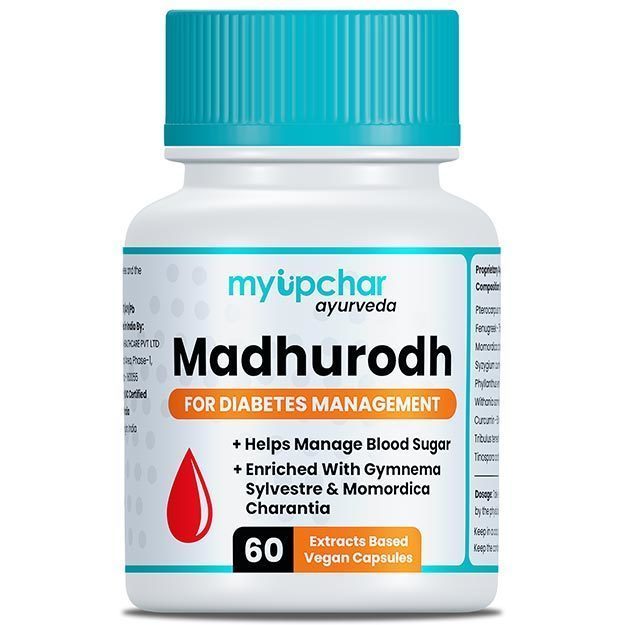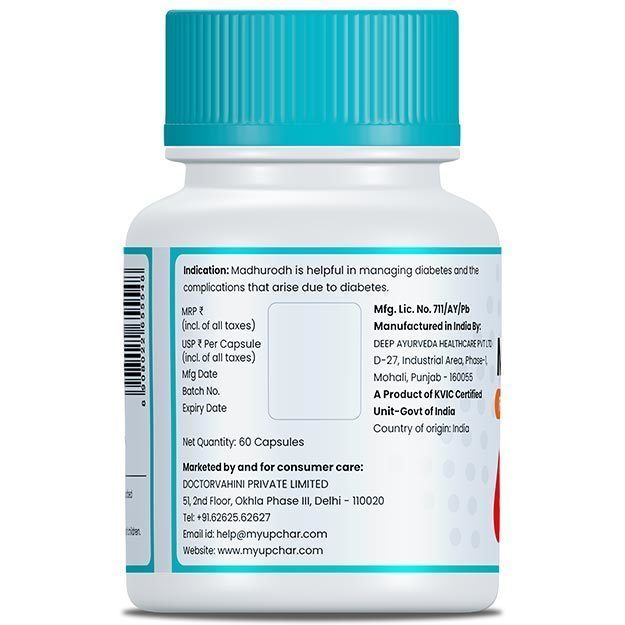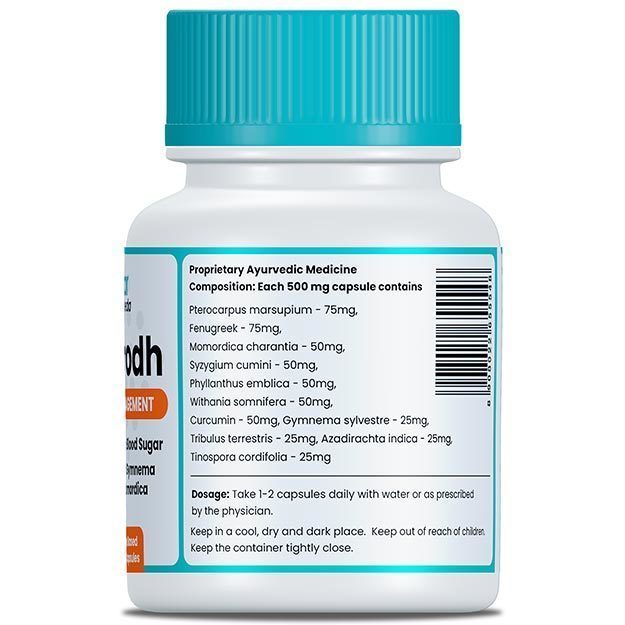Paprika is a spice that is well-loved all over the world. Originated in central Mexico, it consists of dried and ground chilli peppers of the plant Capsicum annuum.
Paprika is a burst of flavours and has many variants in terms of
- Flavours such as sweet, smoked, and hot
- Colours, such as red, orange, and yellow
Basic facts about paprika
- Botanical name: Capsicum annuum
- Common name: Paprika
- Family: nightshade family, Solanaceae
- Parts used: Pepper pods
- Native region: Central Mexico
Did you know?
This popular spice made its way to Europe (Spain) with Christopher Columbus. Columbus also took paprika to Hungary, where people initially used it as a medicine and not as a spice. What made them do so? Let’s find out.

